Most shopkeepers have been grappling with the trials, tribulations, opportunities and glories that the internet has brought to retailing for a couple of decades now.

In the main, it has to be said, the sector has been more challenging than not - in the UK nearly one in four non-food items is now purchased online (the grocery participation is about 7%).
The web has, correspondingly, taken traffic away from stores, leading to a reduction in the sales densities of shops and, more often than not, profitability too. Online has been a key factor behind the abandonment of many store opening programmes and subsequent shop closure initiatives to ‘rightsize’ businesses for the future.
Online retailing has had a clear impact on Britain’s high streets and the retail real estate sector.
Talk of the ‘death’ of the store has been heard in boardrooms across the UK for some years. However, such banter is a little premature. Indeed, the pendulum signalling the end of store-based retailing has, if anything, started to swing back the other way as the market evolves to a realisation of what works online for retailing but also what does not.
Sometimes it is easy to lose sight of the obvious. Online is new, disruptive and hard to predict, but we do have a little more sight now of its limitations as well as those of the store.
Certain categories are not so conducive to online penetration; home furnishings come to mind. Shoppers may research online, but the majority still go and feel the fabric, work out how comfortable the seating is and assess the size and shape of their new couch.
The web has certainly been and is likely to remain transformative in the way we do things. Even though Tesco.com started 20 years ago, about 93% of groceries in the UK are still purchased in store and 90% of all orders involve a store for picking and order fulfilment.
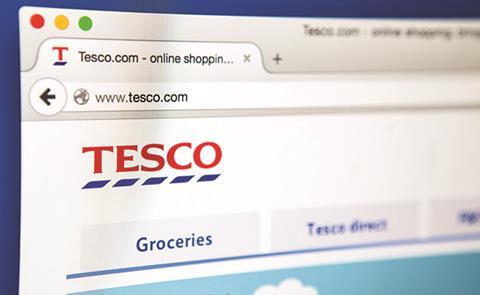
Online is likely to gain further significant share in future years. However, things are not quite the one-way flow one may think. Stores are here to stay, but their function is likely to further evolve as showrooms, experience centres and service points as much as places of purchase.
The limitations of the screen are leading online retailers to consider opening stores. As such, the online pure players are starting to have to learn how to negotiate a shop lease and come to terms with local property taxes, as well as the art and science of store fit-out.Perhaps the most dramatic move has been Amazon’s surprise acquisition of premium, largely US grocer Whole Foods Market.
More broadly, several smaller pure-play online businesses have opened stores; for example, Mymuesli, a German online business, is seeking to open specialist units across northern Europe in bohemian and hip areas of big cities.
Prime, premium and idiosyncratic centres will act as the magnet for pure plays seeking a store presence in largely metropolitan locations
The movement from online to offline is not quite a flood, but the movement of pure players to store is gaining momentum. At Shore Capital Markets, we sense that prime, premium and idiosyncratic centres will act as the magnet for pure plays seeking a store presence in largely metropolitan locations.
The digital world is another industrial revolution. However, for all the progress, it is a world that is still heavily conditioned by very human needs and wants.
The clear movement of pure-play online retailers in the world of shops is something that we shall be observing with keen interest.
























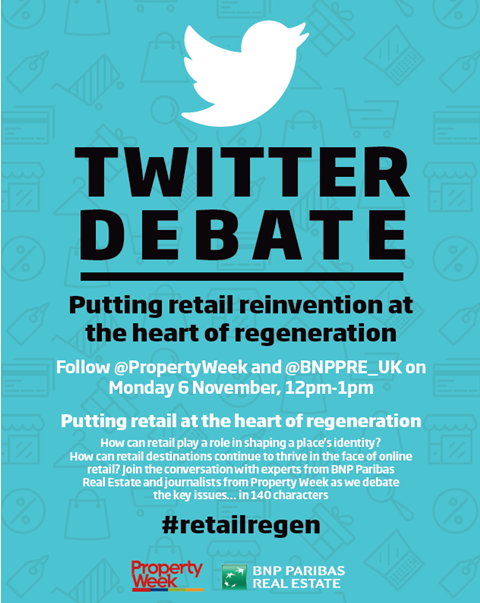
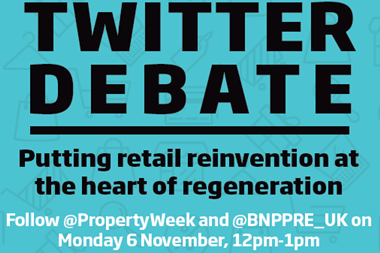
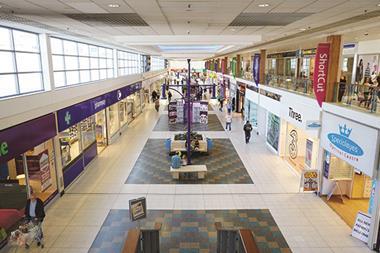
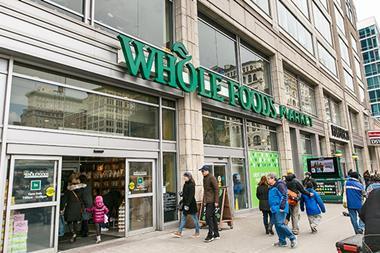

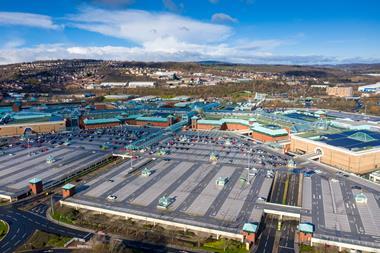

No comments yet